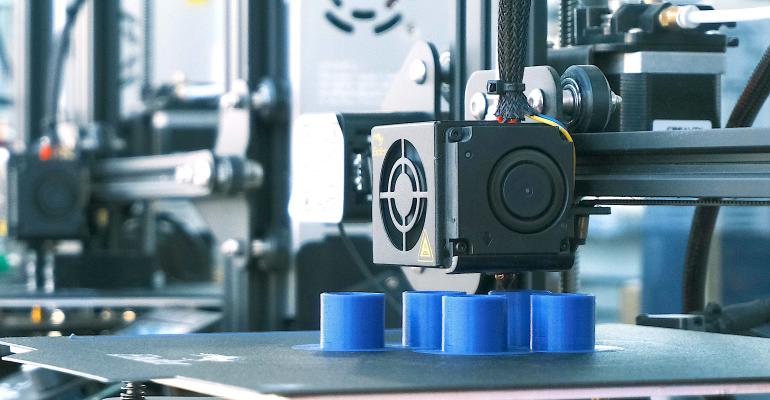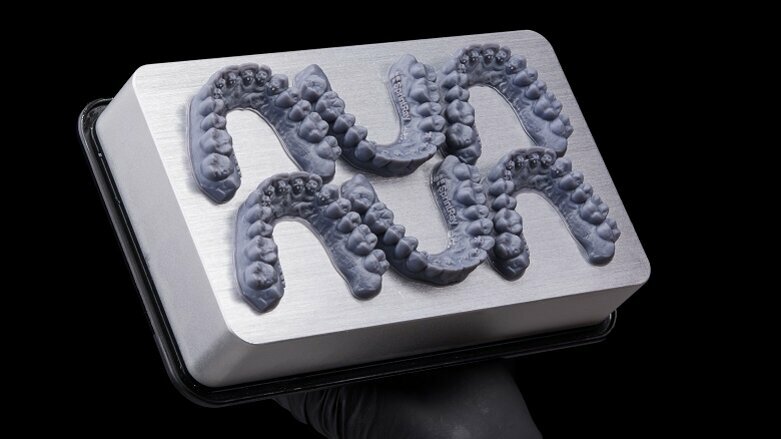On March 30, 2022, April Miller, executive editor of Design Technology at ReHack Magazine and a contributor to sites such as Open Data Science and the Society of Women Engineers, commented on3D printingtechnology in
dentistry
Implants
The future development has been comprehensively analyzed, let us pay attention to it together.

3D printingTechnology can transform dental care for patients worldwide, especially those in less affluent regions. Differentiation can significantly affect a person’s self-esteem, job opportunities, daily life and long-term health problems. This technology enables dentists to provide dental care to anyone, anytime, anywhere. However, this will require continued research, development and innovation by dentists and engineers in the future.
3D printing technologyWill make first-class dentures more accessible
pass through3D printing technology, a dentist anywhere in the world can simply print a professional artificial tooth for a patient. In fact, 3D printed crowns made of metal alloys have been shown to be effective in case studies and popular with patients. 3D printing could even use synthetic materials to create more effective fixation brackets to avoid infections, gum disease and other problems.
More R&D and Solutions
3D printing has revolutionized the dental industry in some regions, but it still has a long way to go. More research and development is needed to improve the technology and find ways to make it easier for people to use.
In the future, dentists and engineers will need to work together to achieve this goal, but a large part of the burden of research and development will fall on engineers. 3D printing technology could create low-cost, personalized dental care for all the less affluent, but there is still some way to go.

Continuous improvement of 3D printing technology
There is no denying that 3D printing technology has come a long way in the past decade.However, engineers need to continue this momentum, with development capable of satisfying
medical
health care
standard
A new generation of technology to maximize cost reduction.while developing reliable, consistent, precise dentistry that is easy to keep clean and sterile3D printer.
For example, let’s say patients and their dentists want to use detailed intraoral scans to create 3D printed restorations. In this case, the printer must be able to match the scanned data exactly. Intraoral scans can be complex, but they are commonly used tools in dental prosthetics, so dental 3D printing compatibility and accuracy are important.

Maximize price reduction
One of the main challenges facing dental 3D printing is cost.In recent years, commercial3D printerhas become more affordable, but for medical
Biological 3D Printer
The price is still expensive.
Custom dental 3D printing is one of the first benefits I mentioned in this article. It’s important to realize, though, that affordability is relative. The only way for the technology to truly deliver benefits in the future is to consider the least affluent patients first. Medical 3D printing technology must be designed to the point where healthcare professionals can easily afford it, even in the poorest regions of the world. This will really level the playing field for dental care and eliminate differentiation.
People need more accessible professional 3D printers
Easier access is also crucial. Research shows that this technology is critical to improving access to quality healthcare in countries in Africa, as well as other parts of the world. The potential to use 3D printing to change the real world already exists. The only remaining hurdle is accessibility.
Even though the technology is available and affordable, 3D printers are not always readily available for many patients. Manufacturers and medical retailers in the future should make professional medical dental 3D printers more accessible to dental clinics around the world.
(responsible editor: admin)


0 Comments for “3D printing plays a major role in affordable dental implants, eliminating differentiation in the future”